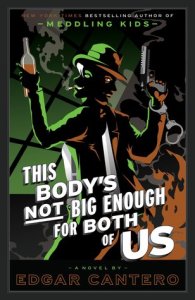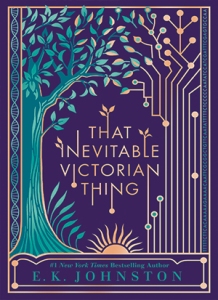Title: The Deep
Author: Rivers Solomon with Daveed Diggs, Jonathan Snipes, and William Hutson
Genre: Fantasy
Trigger Warnings: Blood, death, death of children, murder, trans-Atlantic slave trade, gore, generational trauma, mild body horror, unreality
Back Cover:
Yetu holds the memories for her people—water-dwelling descendants of pregnant African slave women thrown overboard by slave owners—who live idyllic lives in the deep. Their past, too traumatic to be remembered regularly, is forgotten by everyone, save one—the historian. This demanding role has been bestowed on Yetu.
Yetu remembers for everyone, and the memories, painful and wonderful, traumatic and terrible and miraculous, are destroying her. And so, she flees to the surface, escaping the memories, the expectations, and the responsibilities—and discovers a world her people left behind long ago.
Yetu will learn more than she ever expected to about her own past—and about the future of her people. If they are all to survive, they’ll need to reclaim the memories, reclaim their identity—and own who they really are.
Review:
The first thing that jumped out to be about this book was the dispassionate, almost monotone narration. Possibly it’s because I listened to this directly after listening to one narrated by Bahni Turpin, who is fast becoming my favorite audiobook narrator (what level of nerd is it to have favorite audiobook narrators?), but even though it was read by one of the authors the narration was just flat.
Which was really incongrouous, because this story is all about feelings. Yetu’s people has the historian so they don’t have to remember the trauma of their ancestors. This book is about the horrible things done to pregnant African women during the trans-Atlantic slave trade, the generational trauma of what happened to those “first mothers” of their people, and Yetu’s trauma of reliving that trauma over and over as she holds the memories for all her people.
I get what this book was going for. Really, I do. The message about the struggles of generational trauma and needing to cope with the trauma of your ancestors as part of understanding who you are was good. But it was so short, all there was in the book was trauma. There was no connecting with the characters or finding things out in the now, outside of the memories of trauma (or running from them). The book is about the importance of your ancestors providing context to your existence now, but it was so wrapped up in ancestors that it didn’t give the context of the characters. There was a lot of emotions but barely a silhouette of a character to put context to them.
This was not a bad book – not at all. The idea was interesting, I love the concept of a mermaid people being born from pregnant slaves thrown overboard, and generational trauma isn’t a common thing tackled in fantasy. I think the ideas and themes here have a lot of potential. I just wanted it to be so much more than it is.




